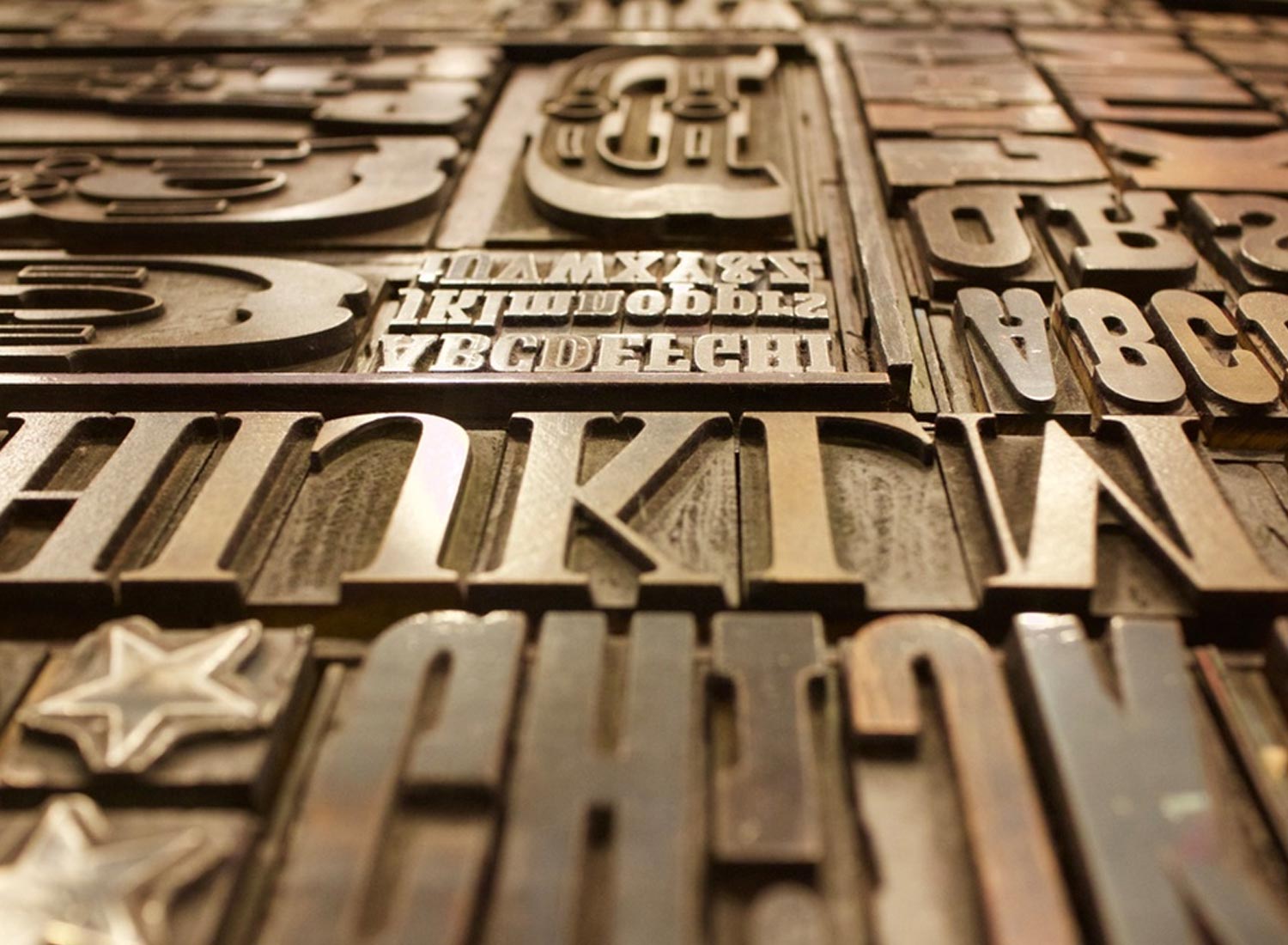Brand Fonts and Typography. Typography plays a crucial role in the design of your brand identity. Defined as “the art or process of setting and arranging types” – the typography in your logo can be as impactful as a graphic. Great examples of brands that use typography-based logos (logotypes) are FedEx, Google and Coca-Cola. And even if you do have a graphic (logomark) in your logo design, the typography used with it says a lot about your brand.
Here are 7 design options to consider for the typography of your logo:
- The right font
The most obvious element of typography is font choice. Your brand’s personality is expressed in the fonts used to present its name and tagline in your logo.
- A font family is a named set of typefaces, like Times Roman or Helvetica.
- A font category is a more general classification of a font, like serif and sans serif.
Here are some examples of the most common font categories and how their styles translate in a logo design:
- Serif fonts have a line at the end of each stroke. Traditional and professional.
- Sans serif fonts don’t have that line at the end of each stroke. Crisp and modern.
- Script fonts (and italics) are generally formal and decorative. Sophisticated and feminine.
- Handwriting fonts tend to be casual and personal. Friendly and approachable.
- Display fonts are widely varied in design and style. These can be great choices for text-only logos as they can be so unique.
- Combination of fonts
When used together, fonts need to complement each other the same way colors do, and they shouldn’t have competing styles. For example, pairing a script with a handwriting font or italic doesn’t work. It’s better to use a serif or sans serif with a script.
- Number of fonts
There are so many beautiful (and free!) fonts available these days – it can be difficult to limit their use. But in your logo, they need to be used sparingly. One or two carefully paired choices will make your logo aesthetically pleasing and professional.
For special promotions or different product offerings, it’s okay to use more variety, but in the design of your brand identity, keep it simple.
- Letter scaling
Whether it’s narrow or wide, horizontal scaling can be used as a defining design style.
- Letter spacing
Tracking is overall letter spacing between a line of letters. Kerning is the space between a pair of letters. Tight tracking, especially with a bold font, can be very impactful. Loose tracking can be a beautiful treatment for a modern, sophisticated look, particularly with all caps.
- Font weight
A heavy-weight font is bold and strong. A light-weight font is elegant and soft.
- Capitalization
Uppercase can create a more streamlined look.
Lowercase can be more casual and friendly.


